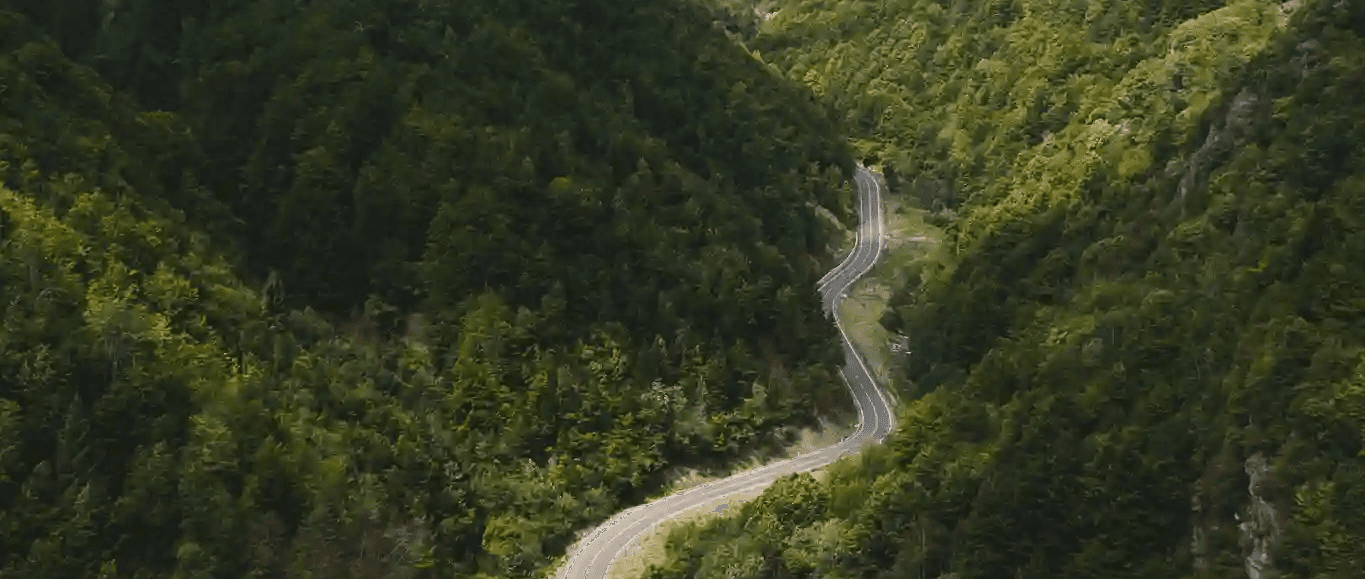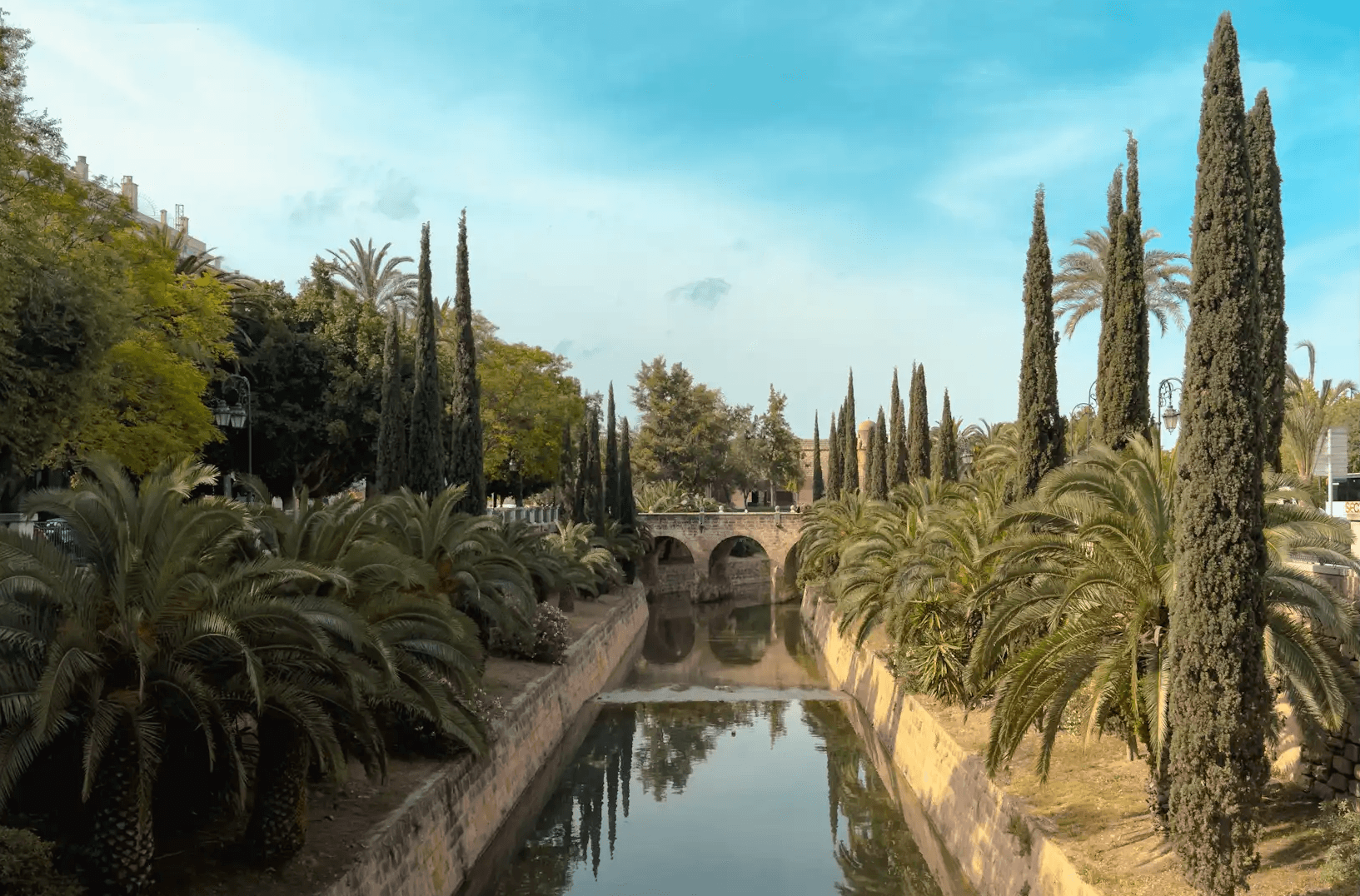Tinvisuals
Photographer | Videographer |
Content Creator
Tinvisuals
Photographer | Videographer |
Content Creator
I have a passion for creating images that capture the beauty of moment.
Landscape Photography
Landscape Photography
Landscape Photography: Capturing the Essence of Nature



12 SEP 2024
In a world where natural beauty is often overshadowed by the hustle of modern life, landscape photography serves as a gentle reminder of the planet's untouched wonders. It’s not just about snapping a beautiful scene; it’s about evoking emotions, telling a story, and capturing the serene essence of the natural world. Whether it’s the golden hues of a sunset over a mountain range or the mist rising off a tranquil lake, landscape photography has the power to transport viewers to places they may never visit, instilling a sense of wonder and appreciation for the world around us.
Why Landscape Photography Matters
In an era dominated by social media and digital content, stunning landscape images can inspire millions. Beyond their aesthetic appeal, these photographs play a crucial role in promoting eco-tourism, raising awareness about environmental conservation, and encouraging a deeper appreciation for nature. The ability to capture breathtaking scenes can also serve as a call to protect these natural spaces, making photography a powerful tool for environmental advocacy.

Top Tips for Capturing Stunning Landscapes:
Timing is Everything: The "golden hour" just after sunrise or before sunset provides the perfect light for dramatic, soft, and warm images. This magical time of day can make even the simplest scenes look enchanting.
Incorporate Foreground Elements: Adding interesting elements in the foreground, such as rocks, trees, or flowers, helps create depth, drawing the viewer’s eyes deeper into the scene.
Use a Tripod for Stability: A tripod is essential, especially for long exposure shots that can turn a rushing river into a silky, smooth flow or capture the stars as they trail across the night sky.
Experiment with Different Lenses: Wide-angle lenses are excellent for capturing expansive views, while telephoto lenses can focus on distant details, creating a sense of intimacy and isolation.
The Emotional Connection in Landscape Photography
Great landscape photography isn't just about the technical aspects; it’s about creating an emotional connection. A well-composed image can make viewers feel the warmth of the sun, the chill of the wind, or the peaceful stillness of a secluded beach. These photographs tell a story about the environment, encouraging viewers to imagine themselves within the scene.

Conclusion
Landscape photography is a journey of exploration and discovery. It requires patience, an eye for detail, and an appreciation for the natural world. With the right techniques, you can capture the essence of a place and convey its beauty, inspiring others to see and appreciate the planet in a new light.
In a world where natural beauty is often overshadowed by the hustle of modern life, landscape photography serves as a gentle reminder of the planet's untouched wonders. It’s not just about snapping a beautiful scene; it’s about evoking emotions, telling a story, and capturing the serene essence of the natural world. Whether it’s the golden hues of a sunset over a mountain range or the mist rising off a tranquil lake, landscape photography has the power to transport viewers to places they may never visit, instilling a sense of wonder and appreciation for the world around us.
Why Landscape Photography Matters
In an era dominated by social media and digital content, stunning landscape images can inspire millions. Beyond their aesthetic appeal, these photographs play a crucial role in promoting eco-tourism, raising awareness about environmental conservation, and encouraging a deeper appreciation for nature. The ability to capture breathtaking scenes can also serve as a call to protect these natural spaces, making photography a powerful tool for environmental advocacy.

Top Tips for Capturing Stunning Landscapes:
Timing is Everything: The "golden hour" just after sunrise or before sunset provides the perfect light for dramatic, soft, and warm images. This magical time of day can make even the simplest scenes look enchanting.
Incorporate Foreground Elements: Adding interesting elements in the foreground, such as rocks, trees, or flowers, helps create depth, drawing the viewer’s eyes deeper into the scene.
Use a Tripod for Stability: A tripod is essential, especially for long exposure shots that can turn a rushing river into a silky, smooth flow or capture the stars as they trail across the night sky.
Experiment with Different Lenses: Wide-angle lenses are excellent for capturing expansive views, while telephoto lenses can focus on distant details, creating a sense of intimacy and isolation.
The Emotional Connection in Landscape Photography
Great landscape photography isn't just about the technical aspects; it’s about creating an emotional connection. A well-composed image can make viewers feel the warmth of the sun, the chill of the wind, or the peaceful stillness of a secluded beach. These photographs tell a story about the environment, encouraging viewers to imagine themselves within the scene.

Conclusion
Landscape photography is a journey of exploration and discovery. It requires patience, an eye for detail, and an appreciation for the natural world. With the right techniques, you can capture the essence of a place and convey its beauty, inspiring others to see and appreciate the planet in a new light.

